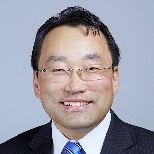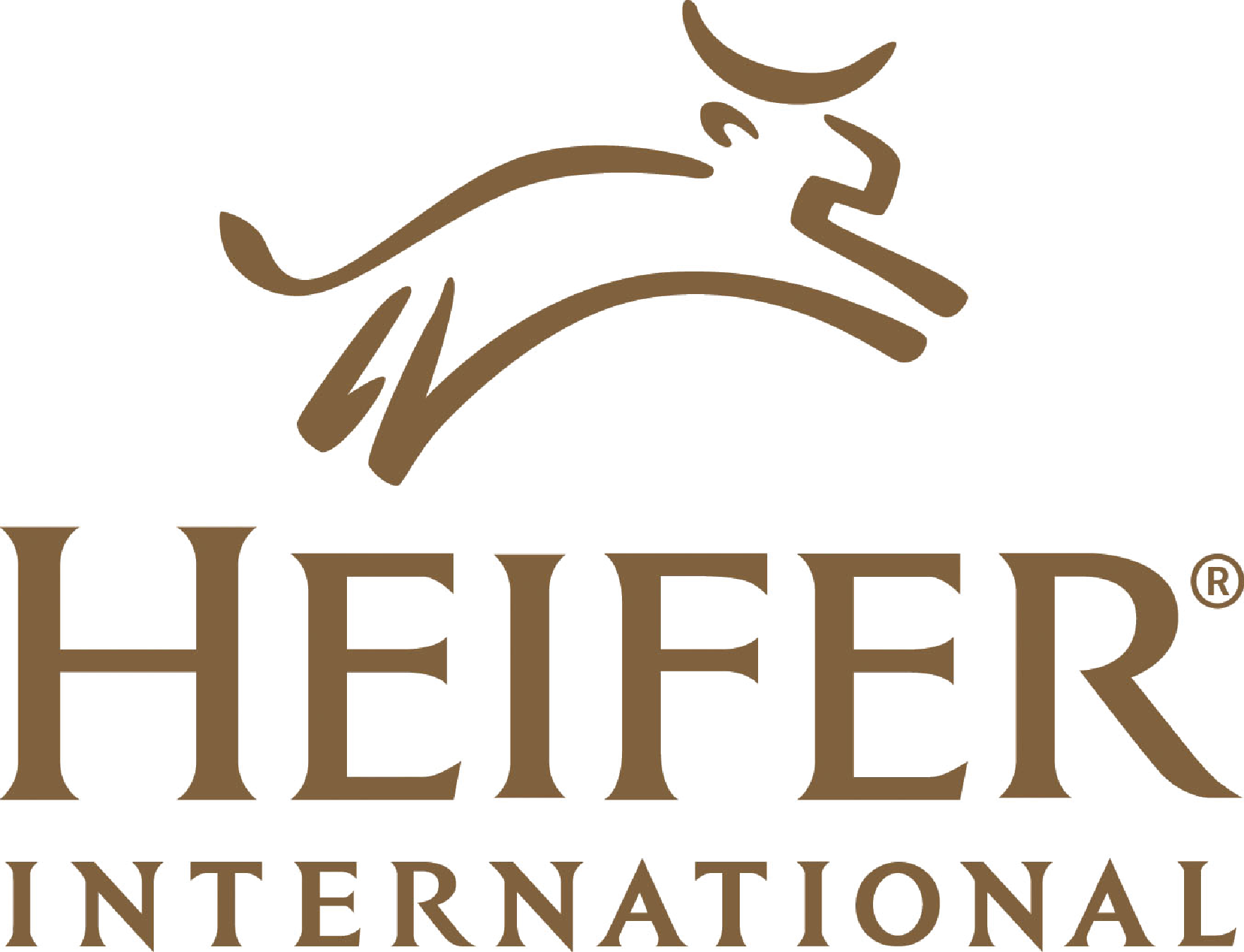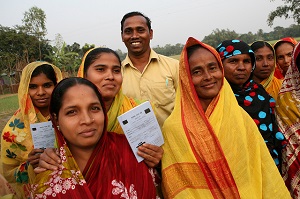As the Philanthropy Journal moves through a second cycle of our editorial calendar, we will periodically republish articles from our archive. Please enjoy this piece on Heifer International that first published in August 2016.
 Special to the Philanthropy Journal
Special to the Philanthropy Journal
By Thomas Phelps IV
The rapid pace of technology innovation is transforming how organizations collaborate with customers, vendors and partners to drive business results. Heifer International, a global nonprofit organization, is finding ways to use enterprise content management (ECM) technology tools alongside farm animals and crops to help fight hunger and poverty.
“Helping just one family could take dozens of vendors, several government organizations, hundreds of legal contracts and extensive collaboration,” says Bob Bloom, Heifer International Chief Financial Officer. “This is where technology intervenes to save lives. The vision is to streamline Heifer’s processes and track documents for projects that impact millions of families throughout the world.”
Not a Cup, but a Cow
 The idea for Heifer was born when Dan West, a farmer from the American Midwest, was sent to the front lines of the Spanish Civil War as an aid worker. There, he saw that the single cups of milk rationed to refugees once a day were not enough. The experience led him to ask the question: “What if they had not a cup, but a cow?”
The idea for Heifer was born when Dan West, a farmer from the American Midwest, was sent to the front lines of the Spanish Civil War as an aid worker. There, he saw that the single cups of milk rationed to refugees once a day were not enough. The experience led him to ask the question: “What if they had not a cup, but a cow?”
In 1944, West founded Heifer, which is still headquartered in Little Rock, AR., today. The organization began by giving cows to families in need and has since expanded to provide various forms of livestock, trees, seeds and training. With the right education and guidance, a family can raise an animal such as a goat, which can supply milk, cheese, butter and improved income from the sale of these products. The goat can also birth two to three kids per year, and provide manure and fertilizer.
Today—as defined by the World Bank’s international benchmark of living under $1.90 per day—more than 1 billion people live in poverty worldwide. Heifer works to lift people above that threshold with its innovative model that has assisted more than 25 million families in over 125 countries.
The organization has attracted high-profile partners including major, multi-national corporations to bolster projects in Kenya, Uganda and Tanzania. Another project in Nepal empowers women farmers. Closer to home, Heifer supports small-scale, sustainable Arkansas farmers by connecting them to profitable markets.
While its achievements have been no small feat, Heifer is committed not only to alleviating world hunger—but to eradicating it completely.
Springing Into Action
 “Our goal is to take 4 million families out of poverty by 2020,” says Bloom, who oversees all financial, treasury, information technology and human resource activities for the organization.
“Our goal is to take 4 million families out of poverty by 2020,” says Bloom, who oversees all financial, treasury, information technology and human resource activities for the organization.
Achieving this goal means dramatically scaling up efforts. Heifer’s leadership team reassessed its technology in order to increase efficiency and help diversify revenue streams.
“Five years ago, our projects affected 100 to 200 families per community. We had disparate projects across countries and there was no leverage across regions,” says Bloom.
Although the total number of Heifer’s projects is now 135—down from 900—the organization is actually helping more families. “Now, we focus on projects with a threshold of at least 1,000 families, with the goal of lifting them out of poverty,” Bloom adds.
Getting people to a living income first requires Heifer to define what that wage is in each community it plans to help. This hasn’t been done before to this level of detail. “In Nepal, you might have people living in an urban area whose needs are very different from people living in a rural area,” Bloom says. “It’s one thing to move someone from $1.25 a day to $1.50 a day, but we want to measure and track the results, targeting interventions that will significantly enhance a family’s current state.”
In one Nepalese community, Heifer is working with over 80 project partners. “We’re spread throughout the country and our relatively small staff largely coordinates all of these local NGOs to deliver training,” says Bloom. “We have to keep track of all of these partners, how many farmers there are, how many attended training—all the way to the prices for the goats when they sell.”
Heifer once used “seagoing cowboys” to accompany and care for animals aboard ships headed to countries in need. Now, the organization embraces tools such as Laserfiche enterprise content management software to increase efficiency.
 “Prior to Heifer’s technology transformation, we had dozens of network drives, Excel files all over the place and thousands of offline files,” Bloom says.
“Prior to Heifer’s technology transformation, we had dozens of network drives, Excel files all over the place and thousands of offline files,” Bloom says.
Those offline files range from paper contracts to Western Union telegrams dating back to Heifer’s early years. Employees also take thousands of field pictures to share with donors and use for the annual charitable gifts catalog. By centralizing content, the organization leverages documents and knowledge across all areas of the world.
Although Heifer has been recognized among the world’s top NGOs (nongovernmental, usually nonprofit or humanitarian organizations) for years due to its unique model and widespread reach, its transformation continues to reveal new ways to work.
“We can increase efficiency in our back office so we can spend as much resources as we can in the field,” Bloom adds.
The organization has also recognized the potential to deliver holistic community training and technical training via tablets that deliver educational materials in villages’ local languages. This would help to provide consistency and tracking across projects.
A Path into the Future
Heifer’s forward-thinking use of technology has led it to present at Gartner’s annual Symposium/ITxpo conference. At the IT leadership forum, Bloom highlighted how innovations, such as Laserfiche enterprise content management, could be leveraged as part of its technology ecosystem to save lives across the world. The system’s features include electronic forms and workflow automation, which can enhance the seamless flow of information throughout an enterprise and make employees more efficient.
Through electronic forms and automated workflow, Heifer can more easily capture information and automatically route documents for review and approval, keeping everyone who is involved with each process updated on progress—whether that staffer is in the next office or overseas. These automations bring to an organization what is perhaps the single greatest benefit of ECM: unifying business processes across departments.
By centralizing all that information into a single electronic repository within Laserfiche, Heifer is leveraging documents and knowledge gathered from across the world. Accessibility has speeded the approval of contracts with partners and the delivery of supplies and services to beneficiaries.
The integrity and timeliness of compliance reporting is also greatly facilitated. This enables the organization to maintain its nonprofit tax status. Accounting disclosure and project reports provide verifiable assurances for continued donor support. In the public nonprofit sector, this transparency is essential.
 “Transparency is important to donors who trust their resources to us,” Bloom says. “Increasingly, bigger foundations are targeting specific projects or countries. That requires more detailed accountability.”
“Transparency is important to donors who trust their resources to us,” Bloom says. “Increasingly, bigger foundations are targeting specific projects or countries. That requires more detailed accountability.”
Heifer says it is just starting to explore and strategize its deployment of ECM technology across departments and embracing the idea of moving toward a digital workplace—where offline relationships are strengthened with online cooperation.
Looking toward the future, the organization has been actively building a robust technology platform, driven by the rapidly expanding electronic records repository being built within Laserfiche. To collect data from as close to the source as possible, Heifer plans to digitize its program, project and field data collection processes with the use of handheld mobile devices for data collection.
“Our vision with Laserfiche,” says Bloom, “is to allow all of our field staff, regardless of which country they are in, to be able to interact with information and documents, find records, and submit forms—all from a mobile device out in the field. We plan to double the number of users in our system to allow all of our remote and local staff to be on the same platform, collaborating together, to further our cause and be more effective in every dollar we spend to help others.”
Thomas Phelps IV is CIO and VP of Corporate Strategy for Laserfiche.




